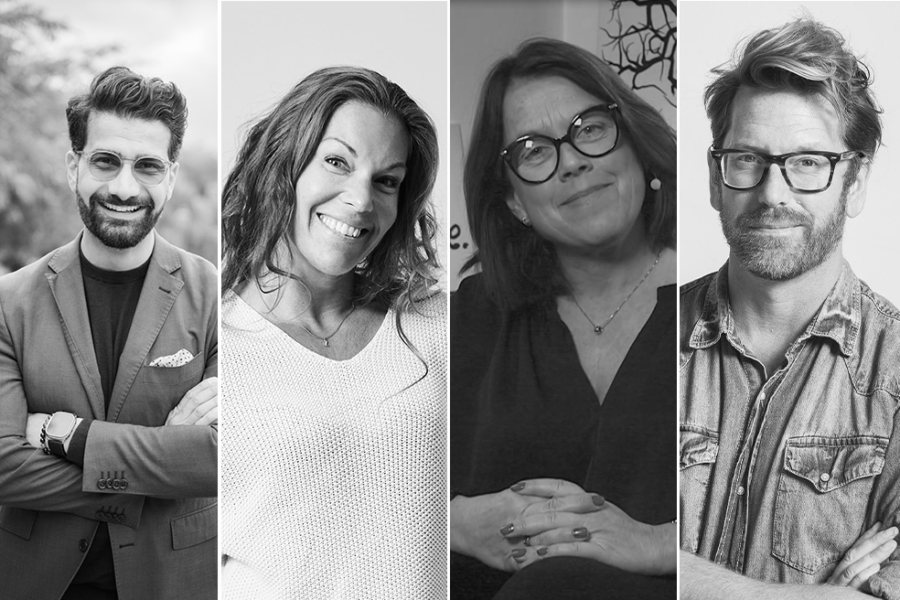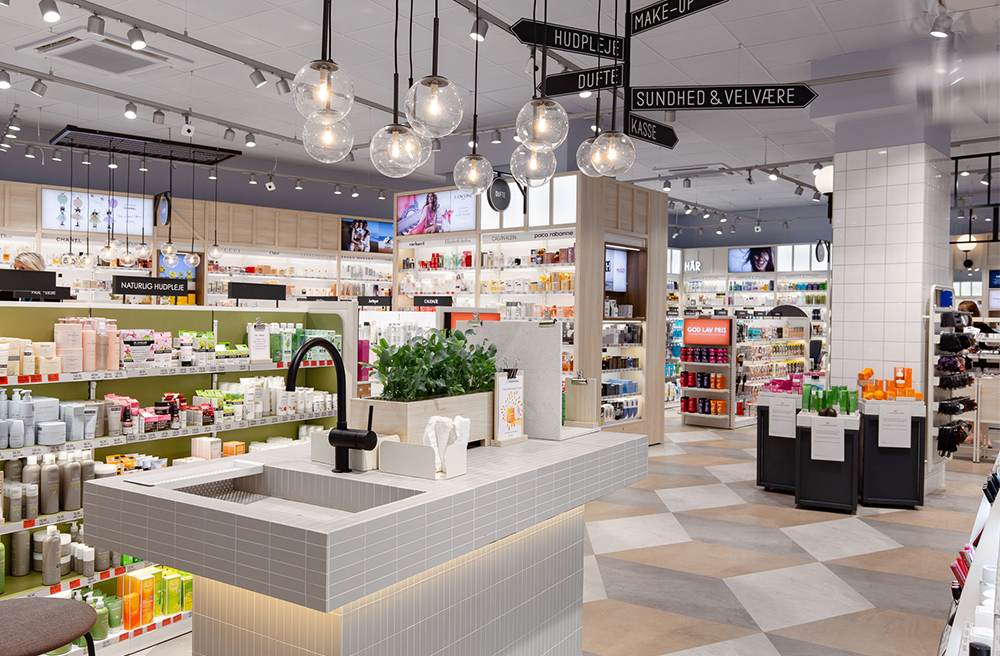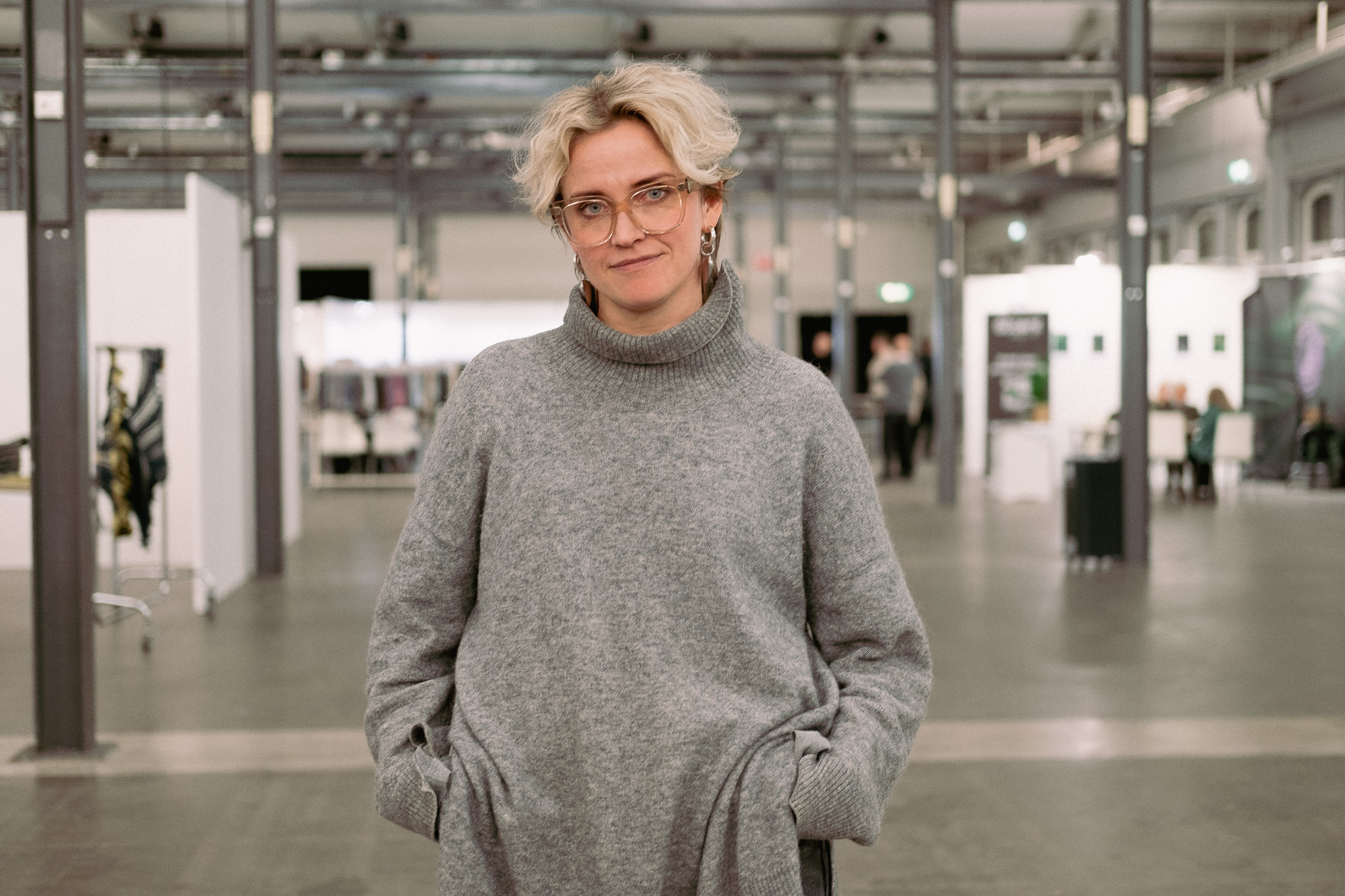
The industry experts predict: this will be the fashion year 2024
We asked four industry experts to share their predictions for the coming year from their different perspectives. Stefan Nilsson (better known as Trendstefan) is one of Sweden’s leading trend experts. Linda Pimmeshofer is CEO at Change Retail AB. Alex Baker is a retail strategist, entrepreneur and founder of Nordic Retail Hub and Louise Klarsten is CEO and owner of ColourHouse Scandinavia.
When you look back at the fashion industry in 2023, what’s the one thing that you will remember?
Stefan Nilsson: Not much. I don’t think the fashion industry has brought a lot to the conversation this year. The whole design scene is affected by the recession, war, and fear in general. This means that we don’t really dare to investigate in new things. So, what we do this season is focus on colours. We get more excited over a trenchcoat in Kelly green rather if it is in a different cut or look. So, this year is more about colours – or pearls if you want – than design. Also, the media industry is changing today. The morning shows here rather talk about ’what to buy’ than actual fashion, and you can also see this shift in magazines… Is ’Barbiecore’ what we will bring with us from 2023? I hope not. And what about the ’homeless look’ by Acne (or Balenciaga)? In 2023, we also saw the polarisation of cheap vs expensive. The only two stores with queues in Stockholm were Louis Vuitton and cheap cosmetics brand Lyko, or why not Shein at Sveavägen?
Linda Pimmeshofer: Two things. When redesign entered the runway for real and when everyone started talking about the Digital Product Passport. If I need to pick one it will be the latter.
Alex Baker: I rather observe and study the retail industry as a whole and there I see some phenomena and trends that could be highlighted from this year. If I had to select one thing it would be the overall awakening and different initiatives to shift the practices and services for a sustainable and more conscious industry.
Louise Klarsten: Shift! The fashion industry is at the crossroads of change on all levels, from giga warehouses and robotics to PLM systems to streamline business flows. Going forward it is about resources and lowering the CO2e per unit produced. Because we can. And we must.
What do you anticipate the most in the fashion industry in 2024? And is it realistic to see it happen?
Stefan Nilsson: The recession will foster new behaviour. It always does. I read a report that the whole ‘Casual Friday look’ came as a result of the recession in the 80s. You could say that the whole hipster look from 2008 is a result of that recession. I am very positive and optimistic. I hope new looks and aesthetics will come.
Linda Pimmeshofer: I think we will see a big difference connected to sustainability and new initiatives that decrease the industry footprint. The DPP (Digital Product Passports) will open up new doors and I think we will see new ways of activating circular fashion and measuring such as durability and longevity. Looking at the textile innovation we might have the first garment that can be re-sized for your body and change colour by your preference. The tech is there but really expensive yet so let us see if 2024 is too short of a timespan.
Alex Baker: I wish for and do believe that some of the trends we see overall within the retail industry will play a larger role for companies, both internally and externally. I am talking about the continuation of exploring how AI and generative AI technologies could make different parts of the organization and the product development process more efficient and creative. Not to mention how fundamentally important as well AI is for supply chain and sourcing, and on that topic – I do believe that the priorities and investments in shifting the products, services and business models to become sustainable is also a shift we are seeing.
Louise Klarsten: Adaption to the new EU textile legislations, political decisions putting pressure in a speed rarely seen. Adding the AI opportunities that add up to understand when and what it will change, it’s no more a question if it will influence from design and production to distribution and communication.
What would you like to see more of?
Stefan Nilsson: Selfesteem. And humour.
Linda Pimmeshofer: Sustainable initiatives like better and curated secondhand or pre-loved offers and services, ‘just-in-time’ production, recycled, and reused textiles and other textile innovations.
Alex Baker: I think both consumers and organisations are becoming more aware of the impact their footprint has, consumption as production. These two have to mutually take steps that nudge the other party. Here I believe that new strategies, business models but also legislation play an important role in driving this change. The plethora of new technologies that enable transparency, storytelling and greater experiences across the platforms regardless if online or offline is also something that I see coming.
Louise Klarsten: Colour, print, and unique design. Playing safe might be dangerous when it comes to range planning.
And what would you like to see less of in the fashion industry?
Stefan Nilsson: Loungewear. No one will work from home in 2024.
Linda Pimmeshofer: Overproduction and waist mountains with garments.
Alex Baker: Clearly there are some practices that should be transitioning into new and more improved ways of working. Once again I do believe that new technologies, business models and ways of working are crucial components so we can get away with greenwashing, overconsumption, and companies that will no longer survive based on their inability to transform and stay relevant.
Louise Klarsten: Pore quality. It’s a shame to design and deliver a garment across the world that lasts only a few washes.
What do you predict will be the most important question?
Stefan Nilsson: The overall question for 2024 is ‘survival’. Will real estate survive? Will shops survive? Will online survive? And finally, will designers survive? It is really like a house of cards. What happens if one leg fails? I am quite sure that we will go much more small scale and local, in general. I am sure that we want be more like “Gilmore Girls” rather than “Sex and the City”.
Linda Pimmeshofer: How to sort and reuse all different textile fibres.
Alex Baker: I do believe that having the courage to create capabilities and see where the puck is going will be crucial for owners and top management. The next step will be to identify the appropriate KPI and ways to measure that they are on the right track during the journey. With that comes an understanding of what trends and technologies the organisation can learn and leverage from. Then the perhaps hardest part is to create incentives for the rest of the organisation and the consumer to follow along. In other words, by investing and leveraging the superpower of AI, working with sustainability throughout the whole organisation and understanding the consumer journey while being channel agnostic – then you have taken further steps in the right direction than many others.
Louise Klarsten: Getting the digital passport sorted, meaning getting to know and understand the new EU textile legislations, how to have transparency through the supply chain and systemise it. Buying and wearing clothes will be just as transparent as reading the content on a jam jar, good for wearers as well as supply-chain means good for building long-term brands. Large companies lead the way and no time to rest for small and medium-sized sized. This is an industrial game changer, perhaps one of the largest we ever will experience in our careers.
Are you optimistic or pessimistic regarding the fashion industry in 2024?
Stefan Nilsson: Retail in general will be super tough in 2024. I don’t see any optimism here. The only message I can share is that you need to make retail more about experience and values rather than ‘best buys’. I have been asked to do a handful of seminars in spring 2024 on encouraging retail, and my best advice is to make it fun. Use fun and strange packaging, under the term “wackaging”. Do Happy Hours. We need to make people smile when they enter and leave a store. Look at how US fashion brand Kith started to serve soft ice cream in their stores. Fashion in general is not very good at making people smile…
Linda Pimmeshofer: Always optimistic but we need to find an incentive for brands to sell less, one way is to increase earnings through, for instance, the garment’s lifetime enabled through DPP.
Alex Baker: I try not to be either in general but rather see things neutral. As an entrepreneur and a curious human being, I tend to lean towards optimism, especially when it comes to planning and working for a better future. So we will most likely see some companies taking an even larger scoop and market share at the expense of contributing to a more sustainable industry. However many companies are shifting their focus and enabling the consumer to join them in creating new products and services that compared to the past might feel more expensive but this will be a journey of changing people’s consumption patterns. And behavioural change takes time. Let’s not forget that the stake- and shareholders also have a big role in enabling this shift – the business models will have to iterate and transform as well.
Louise Klarsten: I am optimistic. Design is about solving matters. We need to rely on the creatives if we want to build brands long-term. Brands with a signature spirit will last. During our recent trend conference for SS 2025, it was stated that the need for fashion and individual style will remain a key lifestyle factor. We have decorated our bodies as long as humans existed. Fashion can be recycled, we have DIY – it’s about the joy it brings and the self-confidence.
What else is on your mind now?
Stefan Nilsson: I have deliberately left out sustainability here today. Everyone talks about sustainability but I suspect that this is just all ‘talk’. The main conversation in the sustainable field now is to focus on materials – but we should actually talk more about how to make things last longer.
Linda Pimmeshofer: In the age of circularity I think the Industry forgets about the customer and shall not forget that the end customers’ behaviour is key to success. And it will be the brands that apply to that and help us to use what we already own, buy only what we need and sell what we do not use. That is an area I see a great opportunity for new services.
Alex Baker: Stay curious and actively search for new perspectives. It is in learning and especially learning with others that we grow the most as human beings. Many times the same topic is discussed from various angles depending on the lenses and industry of the people. And when we grow as people we allow the industry to grow as well.
Louise Klarsten: I compare the fashion industry with a chess board. If only a few make wonders on sustainability, it’s good, but even better if all brands think outside of the box, and find materials, production, and circular models that are creative and innovative, even locally in northern Europe. If Scandinavia, we were very early to outsource fashion production in the 70s. We can now re-innovate again. Think of resources and materials. Consumers have less money but they are clever – the industry needs to adapt to that.




